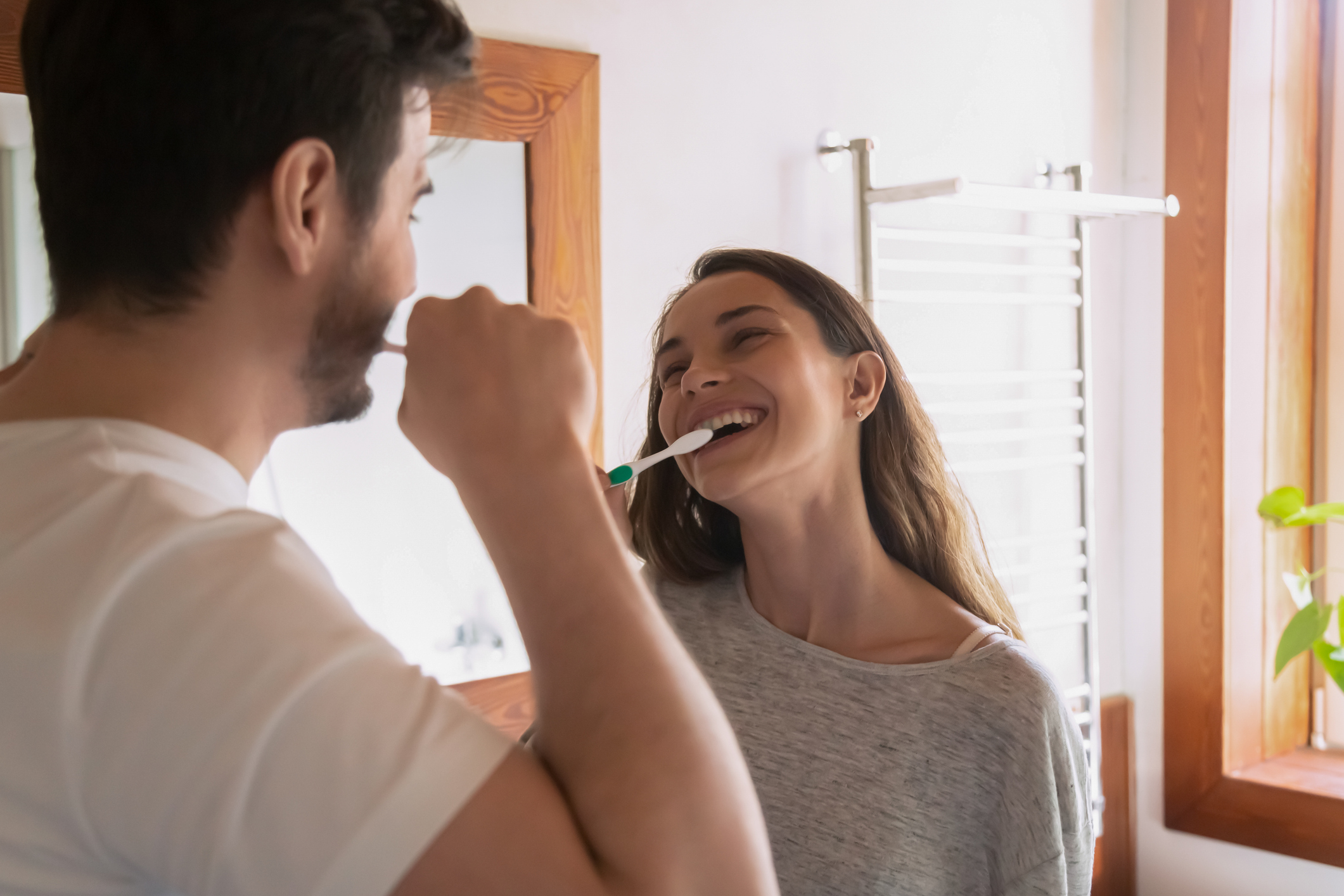As Australia’s local Dentist, Pacific Smiles Dental has over 110 centres to allow convenient access to the dental services you need.
 Published on January 16, 2023.
Last reviewed on January 17, 2023
by Pacific Smiles Dental.
Published on January 16, 2023.
Last reviewed on January 17, 2023
by Pacific Smiles Dental.
Protect your smile from the inside out: Understanding and preventing Gingivitis and Periodontitis
Most of us know how important it is to care well for our teeth. However, it’s just as important to be aware of the structures which surround and support teeth and to look after them as well.
Gums provide a protective covering for the bones which anchor our teeth in place. And although we can’t see these bones as clearly as our teeth, without their support our teeth don’t have a secure base. This is why gum disease is one of the major causes of tooth loss.
Gum disease
There are two stages of gum disease – gingivitis and periodontitis. Most of us, at some point in our lives, will experience gingivitis. This can be related to times when we may not have been as careful with our oral hygiene, or we’ve been unwell. Smoking and vaping can also affect gum health because of changes to healthy blood flow and an increase in bacterial plaque.
Gum disease has also been linked with a range of health conditions, including diabetes, strokes and cardiovascular disease. Gum health is also influenced by what we eat and some nutrients are particularly important in sustaining tooth and gum health. Calcium, Vitamins D and C as well as protein, all help to nourish the connective tissues in our gums.
Gingivitis
The name for early gum disease is gingivitis. This is caused by a build-up of plaque on the teeth and along the gum line. Plaque contains bacteria which causes the immune system to trigger an inflammatory response. This is why gums become swollen and red when gingivitis is present.
Gingivitis can cause changes to the surface layers of the gums, especially where the gum meets the tooth. The gums become swollen, red and can bleed, especially when brushing. As the gums swell and pull away, they no longer work like a firm ‘collar’ around the tooth and small pockets can form where food and bacteria settle.
When gingivitis is in the early stages, it can be reversed by paying more attention to brushing. Be guided by your dentist in the most effective technique. For many people, the temptation can be to avoid brushing because the gums are tender and may bleed, though these are signs that more brushing is needed, not less. Brushing at least twice each day with a soft toothbrush, using a fluoridated toothpaste and flossing daily helps to remove bacteria and plaque which cause gingivitis. Some people also like to use a tongue brush which can help to remove bacteria from the tongue.
Periodontitis
When gingivitis is left untreated, it can progress to a condition called periodontitis. This means that there is inflammation and infection in the periodontium – the structures and tissues which hold the teeth in place. Spaces can form in-between the tooth root and the gum and these periodontal pockets form the ideal catchment for food and plaque to build up. Over time, these pockets become larger, the periodontium becomes damaged and bone can be lost. When this happens, the bone can no longer hold the tooth so it becomes loose and may need to be removed.
Unfortunately, once a tooth loses its stable anchor, it’s very difficult to save. Regular dental checks and preventing gum disease in the first place helps to retain teeth throughout the lifespan.
Looking after your gums
There are a few things you can do to care well for your gums, most of them centred around removing the plaque which causes gum disease.
- Focus on cleaning your whole mouth by brushing your gums as well as your teeth. Pay attention to brushing where your gums and teeth meet and angle the brush at 45°.
- Use a soft-headed toothbrush and fluoride toothpaste. Replace your toothbrush regularly and when you’re recovered after being unwell.
- Clean between your teeth with floss and/or interdental brushes. This will help to remove food from nearly half the surface area of your teeth where brushing can’t reach.
- Pre-book your next appointment and check the dentist off your list for the year.





